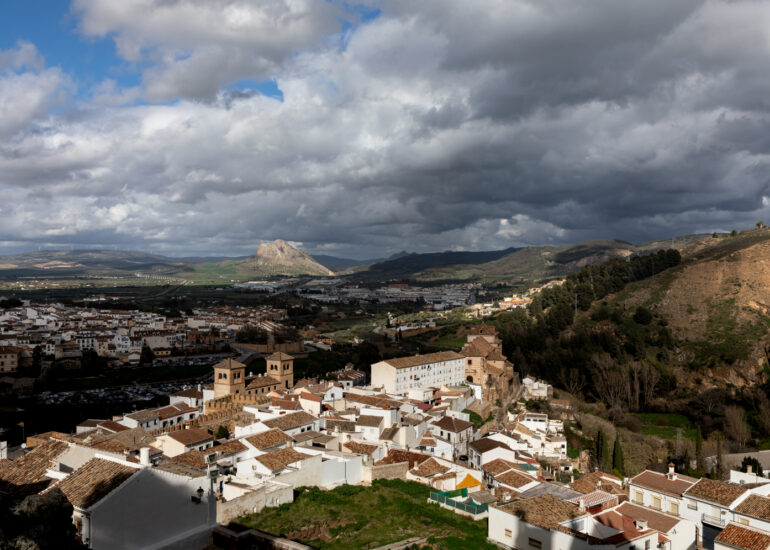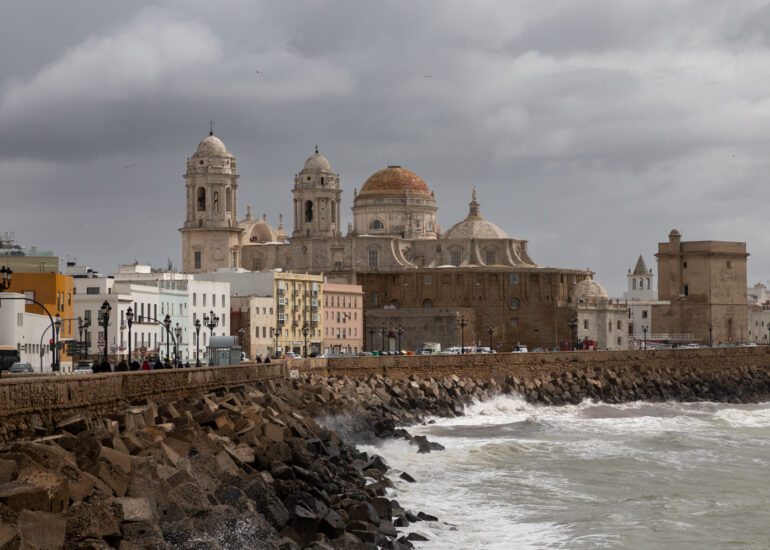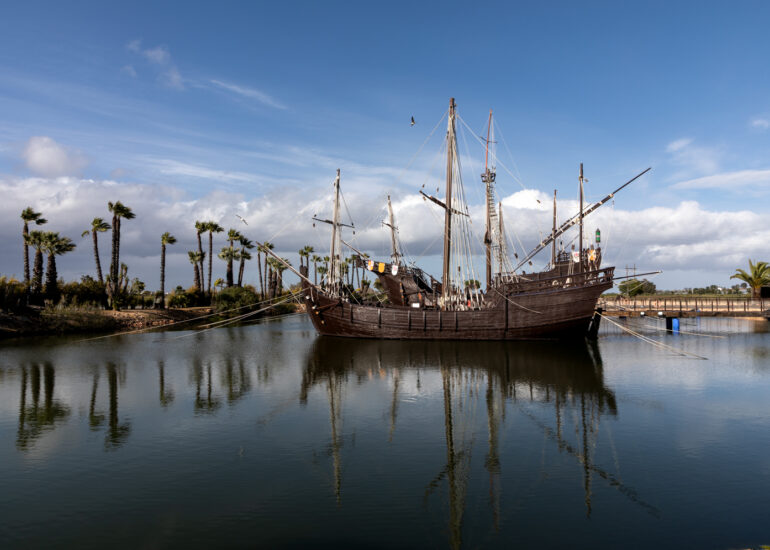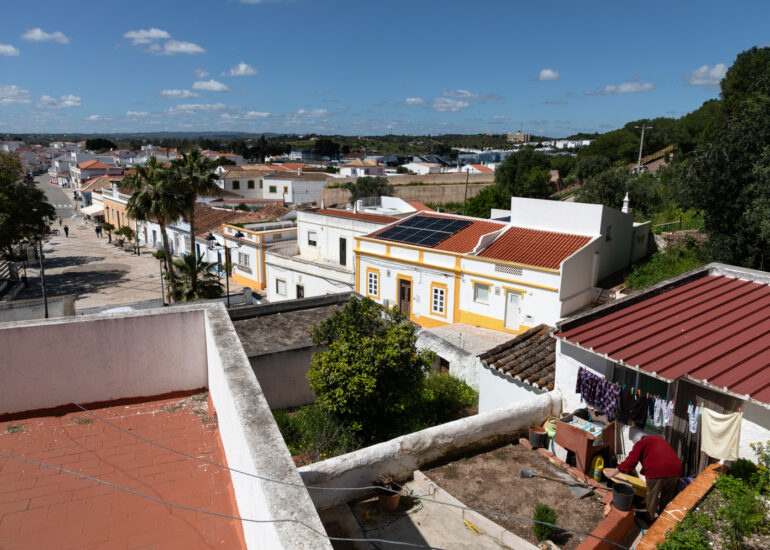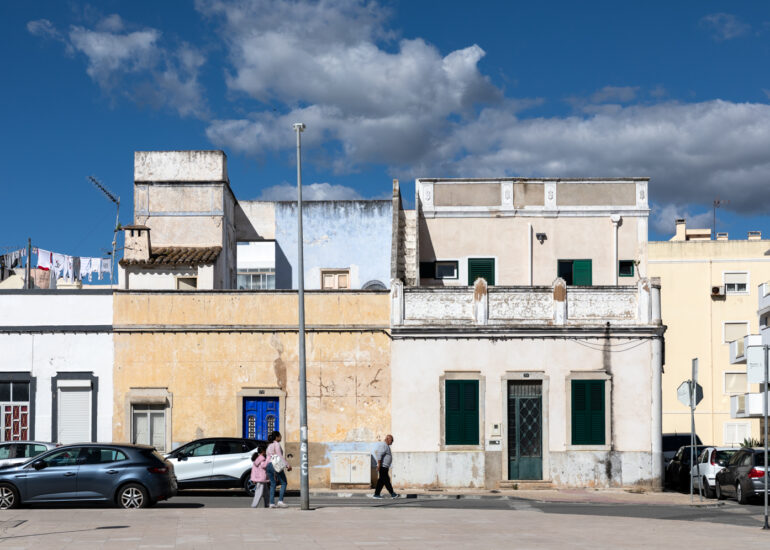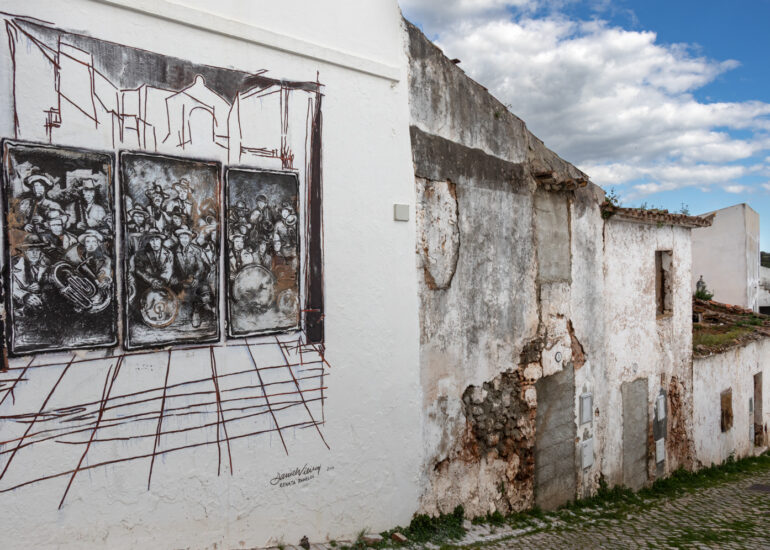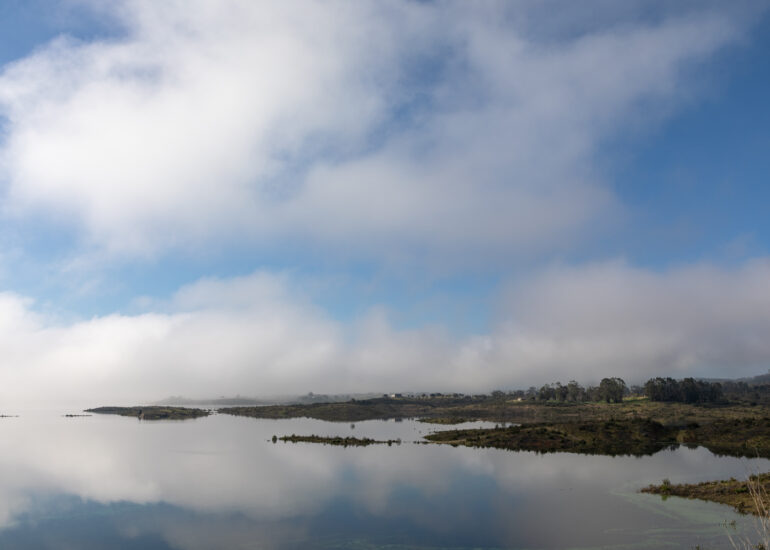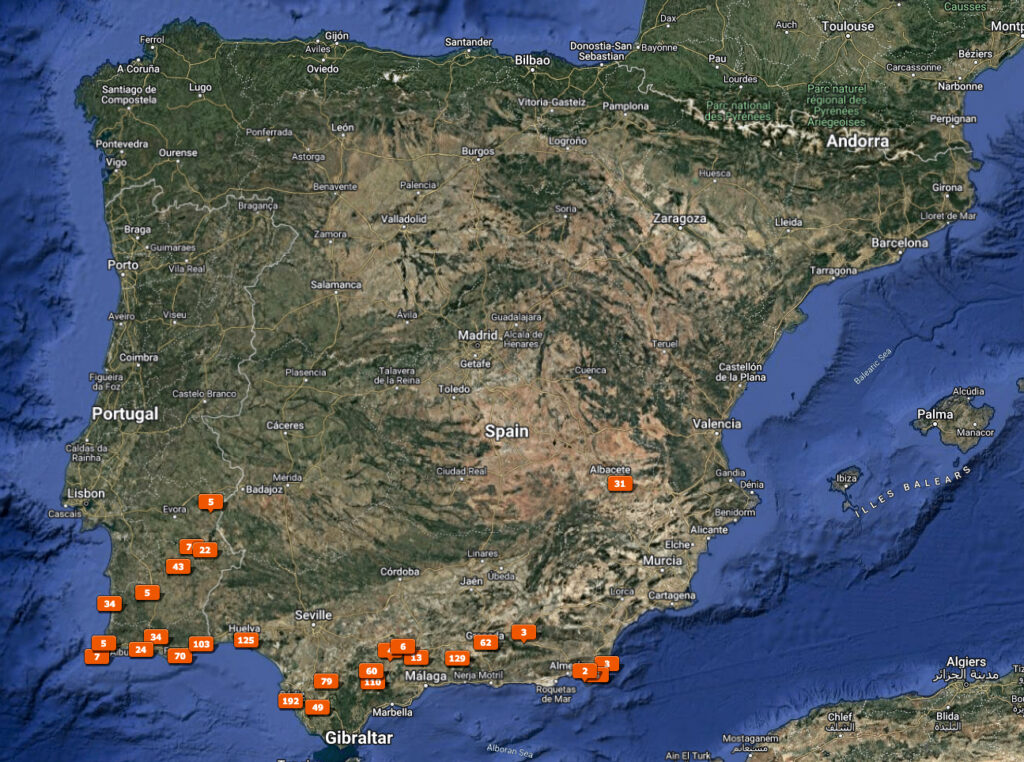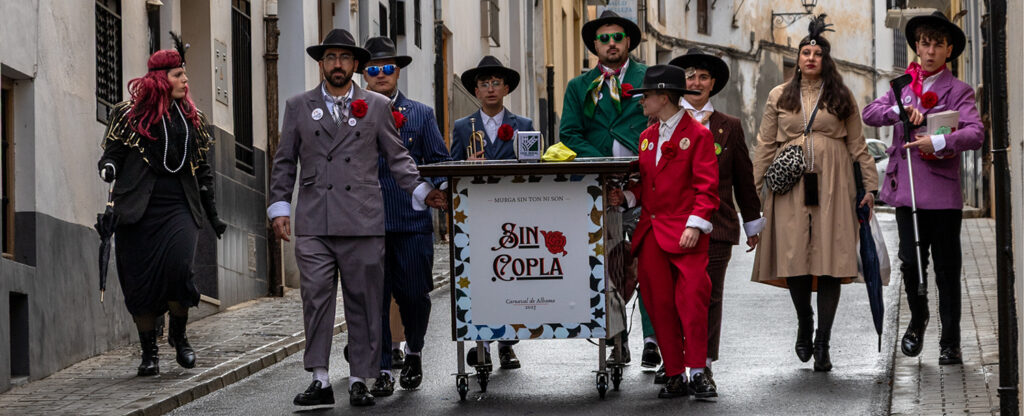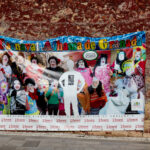Travelogue Spain and Portugal 2025
travelogue
Spain and Portugal 2025
On March 1, we departed for our sixth camper trip to Spain and Portugal. Since it was early in the year, we decided to travel through the southern regions of Portugal and Spain. Unfortunately, the weather gods were not in our favor, and we faced a lot of rain. The positive side of this weather is that the skies are often beautiful, which is advantageous for us photographers. Moreover, between the showers, the weather was stunning.
Photo series
We have uploaded all our photo’s of this trip on SmugMug (our photo site) and you can find these in respectively the Spain (click) folder and the Portugal (click) folder.
However when you click on the green headings in the highlights section here below, you will be directed to the pertinent regional galleries on our photo site SmugMug. Below, as a teaser, is a limited selection of photos from our journey.
- Zeeland (NL) – Broglie (FR)
- Broglie – Pissos
- Pissos – Aranda de Duero (ES)
- Aranda de Duero – Chinchilla de Monte Aragón
- Chincilla de Monte Aragón – Carbonera
- Carbonera – Cabo de Gata
- Cabo de Gata – La Calahorra – Granada
- Granada – Alhama de Grenada
- Alhama de Granada – Alfarnate – Casabermeja – Villanueva de la Concéptión – Torcal de Antequera – Antequera
- Antequera – Lagune de Fuente de Piedra – Campillos – Teba
- Teba – Ronda
- Ronda – Setenil
- Setenil – Olvera
- Olvera – Arcos de la Frontera
- Arcos de la Frontera – Medina Sidonia
- Medina Sedonia – Cádiz
- Cádiz – Sevilla – Huelva – Palos de la Frontera
- Palos de la Frontera – Moguer – Palos de la Frontera
- Palos de la Frontera – Ayamonte – Castro Marie (PT) – Tavira
- Tavira – Cacela Velha – Olhão
- Olhão – Alte
- Alte – Senhora de Rocha – Portimão – Lagos – São Teotonio
- São Teotonio – Cabo Sardão – Barragem Monte Rocha
- Barragem Monte Rocha – Mertola -Beja
- Beja – Amieira
- Amieira – Moura – Vera Cruz – Amieira
- Amieira – Plasencia
- Plasencia – Urrugne (FR)
- Urrugne – Mayet
- Mayet – Zeeland (NL)
Map of Spain and Portugal with photo locations
Highlights of our trip
Spain
Chinchilla de Monte Aragón
On the way to Andalusia, we made a stop in a small town in Castilla-La Mancha, Chinchilla de Monte-Aragón.
Located on a hill that dominates the plains of La Mancha, the town of Chinchilla de Monte- Aragón has a remarkable castle built in the 15th century by Juan Pacheco, marquis of Villena, and a beautiful medieval historic quarter.
Chinchilla de Monte-Aragón offers an opportunity to walk through its streets, observe the large houses and courtyards, and explore the quarter of Hondón, which features typical houses dug into the earth.
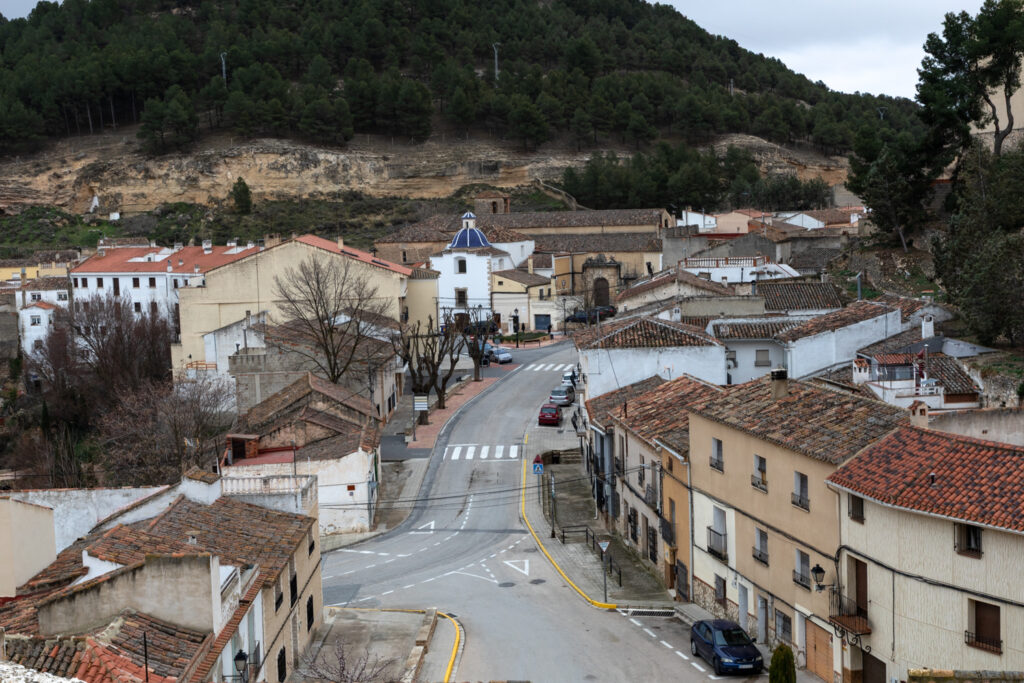
National park Cabo de Gata – Nijar
Cabo de Gata is an area of volcanic origin in the province of Almería, located in the southeastern Spanish region of Andalusia, with a surface area of 45,663 hectares. It is also a protected National Park and the largest protected coastal area in Andalusia.
The rugged mountainous and rocky terrain of this region is isolated and is considered one of Europe’s most unique geological sites. The Sierra de Cabo de Gata mountain range is the largest volcanic rock formation in Spain, featuring sharp peaks and ochre-coloured steep cliffs formed by shell-sand deposits.
We took a walk to an old tower, La Mesa Koldán, and the lighthouse, though the latter was not particularly remarkable. We also enjoyed a stroll in the quaint village of La Isleta.
Granada
On our way from Cabo de Gata to Granada, we visited Castillo de la Calahorra. It is situated in a stunning environment.
In Granada we walked along the walls of the Alhambra. The Alhambra is a medieval palace and fortress of the Moorish rulers of the Kingdom of Granada in Andalusia. It is located on a hilly plateau on the southeastern edge of the city of Granada. The entire Alhambra complex covers an area of 140,000 m². Unfortunately, we couldn’t visit it as we hadn’t made a reservation.
However, the old town is well worth wandering through. The light was beautiful when we were there, and we often had wonderful views of the Alhambra. At the Mirador de San Nicolás, it was very busy and festive, as the gypsies entertained tourists with their music.
On the second day, due to bad weather, many areas were closed off, and we left Granada earlier than planned. During our next visit to Andalusia, Granada will definitely be on the agenda again.
Alhama de Granada
Alhama de Granada is a municipality in the Spanish province of Granada. Alhama de Granada lies about 50 km from the city of Granada. The name is derived from the nearby thermal springs, which are called al-hammah in Arabic.
We took a walk through the village. It is a beautiful, authentic village and is spectacularly situated above the dizzying gorges of the Rio Alhama. It has old Moorish alleyways and ancient buildings.
In the morning, we had to interrupt our walk due to heavy rain. By the afternoon, the weather cleared up, and we found ourselves in a festive and colourful Alhama. It was carnival time, and everyone was dressed up. There was music, a lively atmosphere, and the village was in full celebration. In our blog, we included a short report about the carnival. Click on this link: Carnival in Alhama de Granada 2025.
Teba
In Teba, we found shelter from the bad weather. A lot of rain fell. With the camper, we had a stunning view of this white, characteristic village. We stayed in a small car park near the market hall, where we could take short indoor walks with the dogs. Back and forth, back and forth…
Ronda is situated in a mountainous region in central Andalusia, at about 750 metres above sea level. The Guadalevín River splits the town into two and has carved out a deep gorge, known as the Tajo de Ronda. To the east of Ronda lies the Sierra de las Nieves (the “Snow Mountains”), and to the west is the Sierra de Grazalema.
Hemingway was inspired in “For Whom the Bell Tolls” by an event during the Spanish Civil War, where Franco supporters were lynched by the crowd and thrown from the cliffs.
We spent two days in Ronda and took walks through the old town and around the gorge.
Highlights include:
- The bridges: Puente Romano, Puente Viejo, and Puente Nueva
- The El Tajo de Ronda gorge
- The bullfighting ring
- The historic centre
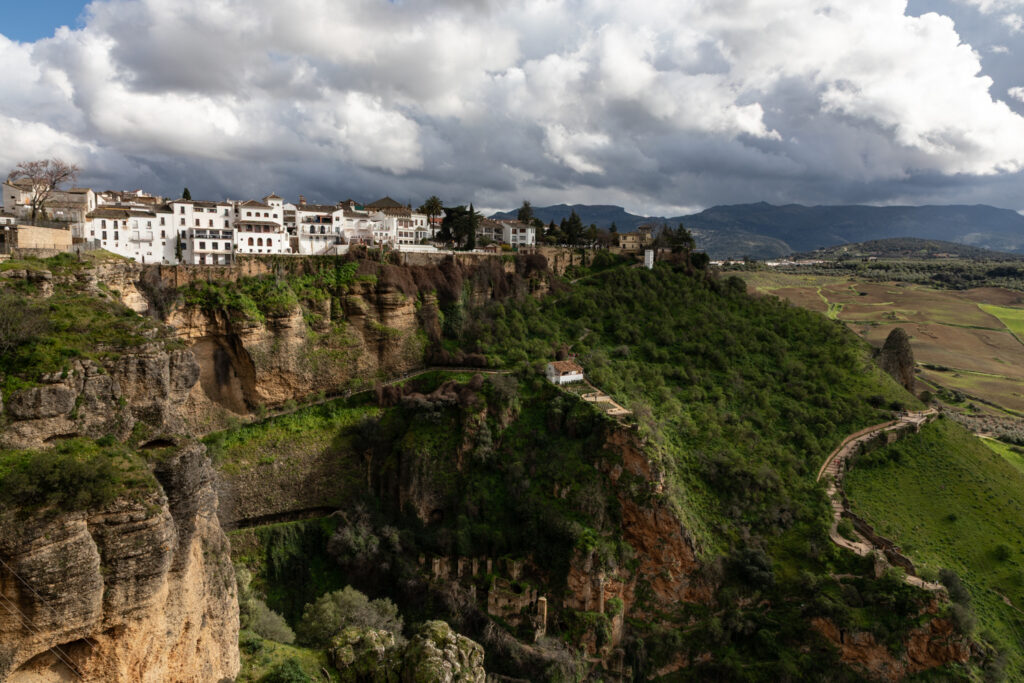
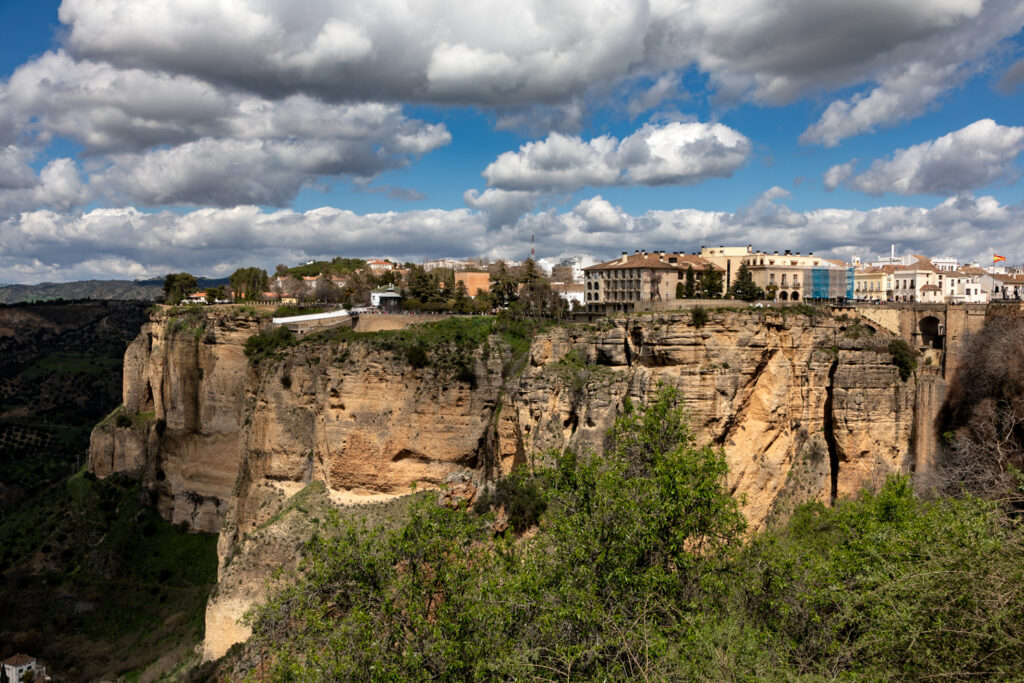
Setenil de las Bodegas
The Guadalporcún River flows through the lower part of the village, creating a hollow in the rock. Beneath the rock, residents have built their homes for generations. It is a remarkable village. Our first visit to Setenil was on a Sunday. Sundays here are not ideal due to the influx of tourists and day-trippers.
We took a beautiful road through the mountains to Olvera, where we stayed overnight at an old train station. The next day, Monday, we returned to Setenil. It was wonderfully quiet, and we strolled through the village. At various points, there are stunning viewpoints offering picturesque views over the village.

Arcos de la Frontera is perched on a 100-metre-high rock above the Rio Guadelete and is one of Andalusia’s distinctive white towns. White houses dot the mountainous terrain. Narrow streets barely accommodate cars, yet the Spanish are true artists in navigating them. We thoroughly enjoyed wandering through this beautiful town. The atmosphere was “off-season,” meaning there were few tourists, and those present were of the pleasant sort.
The Plaza del Cabildo is a must-see. On this square are located the parador and the characteristic church, Santa Maria.
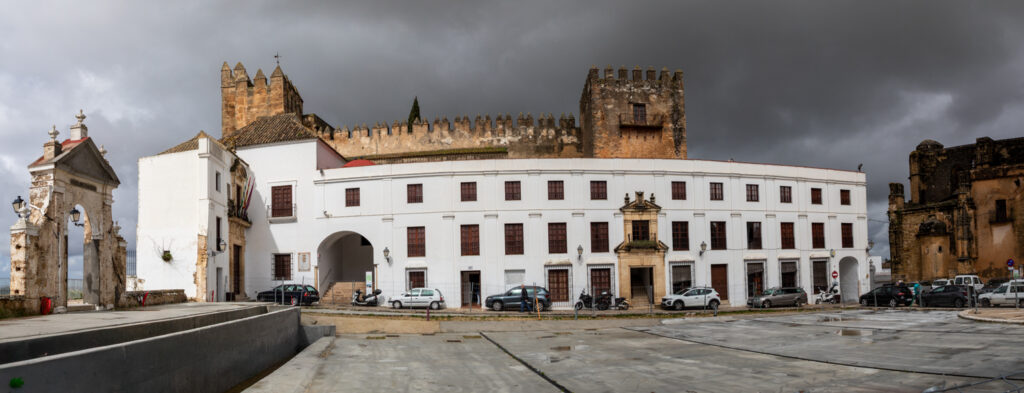
We were parked with our camper next to the village cemetery. We visited the cemetery, where people were tending to the graves. It was remarkable to see how the graves are incorporated into the walls.
Afterwards, we took a walk through the village. It is indeed a white village, but still different from other white villages. The houses appear more “distinguished” due to the town’s rich history.
This was our first time visiting Cádiz, and we have fallen in love with this city. Although we have never been to Havana, it feels to us like Cuba.
We parked our camper in a unique spot, by the water at the Bay of Cádiz, next to Castillo Santa Catalina, close to the city. We had a view of the sea from our camper. We stayed in Cádiz for three nights.
We took walks along the sea, by Playa de la Caleta and on Campo del Sur. The sea was turbulent, which created a special atmosphere, with a lot of seawater in the air.
We wandered through the old town, strolling through the narrow streets and visiting various squares, such as Plaza de la Catedral, Plaza San Juan de Dios, Plaza de Mina, and Plaza de España. At Plaza de España, the largest square in Cádiz, stands an impressive monument in honour of Cortes. We also visited Mercado Central, one of the oldest markets in Spain.
Cádiz has become one of our favourite cities in Spain. Under city walks, see menu, we have also a series of Cádiz (please click).

Our last stop in Spain was Palos de la Frontera, an important place dedicated to Columbus. At Muelle de las Carabelas, there are three replicas of Columbus’s caravels: the Pinta, the Santa María, and the La Niña. The Santa María was the admiralty ship, captained by Columbus. Here also stands the Monastery of Santa María de la Rábida, where Columbus prepared himself for his voyage of discovery to America.
We also visited Moguer, a village closely connected to Columbus. The village provided a large number of the crew members for the third caravel, La Niña. Moguer is also the birthplace of the writer Juan Ramón Jiménez, winner of the Nobel Prize in Literature in 1956. He became famous for his book, ‘Platero and I,’ which narrates his adventures with the little donkey, Platero. The book can be found in millions of Spanish households.
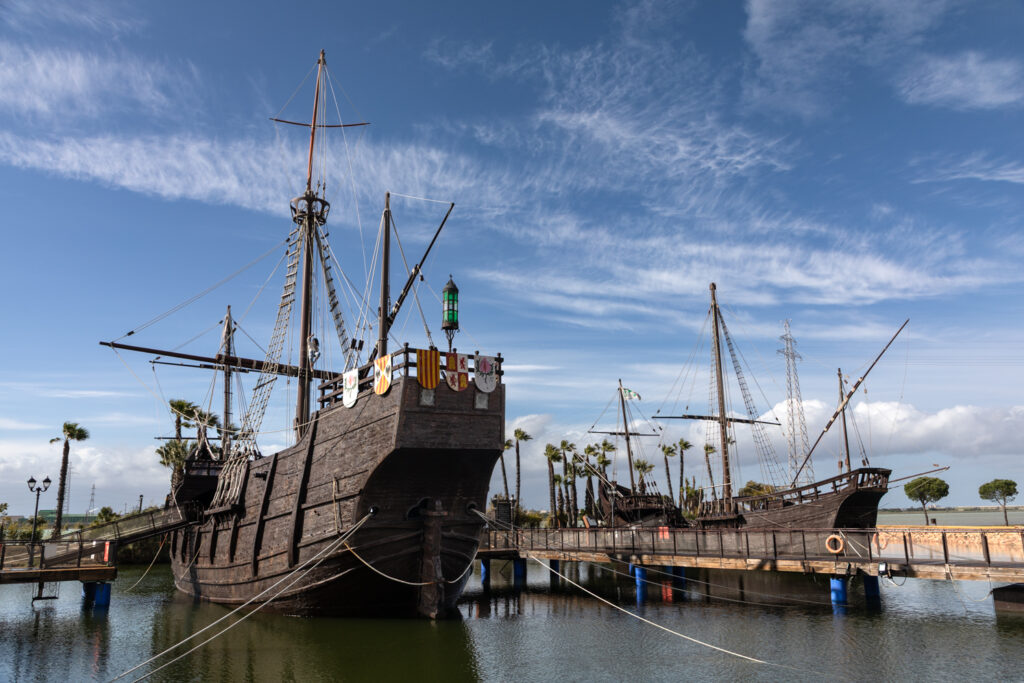
Portugal
Via the Ponte Internacional do Guadiana, we continued our trip in the southern part of Portugal.
Castro Marim
Castro Marim is dominated by an imposing castle that bears witness to a turbulent past, during which it played a strategic role in defending against Spanish influences. Walking through the narrow streets, one discovers the typical whitewashed houses and serene squares. Castro Marim is also an important centre for salt production, with traditional salt pans forming a unique and photogenic landscape.
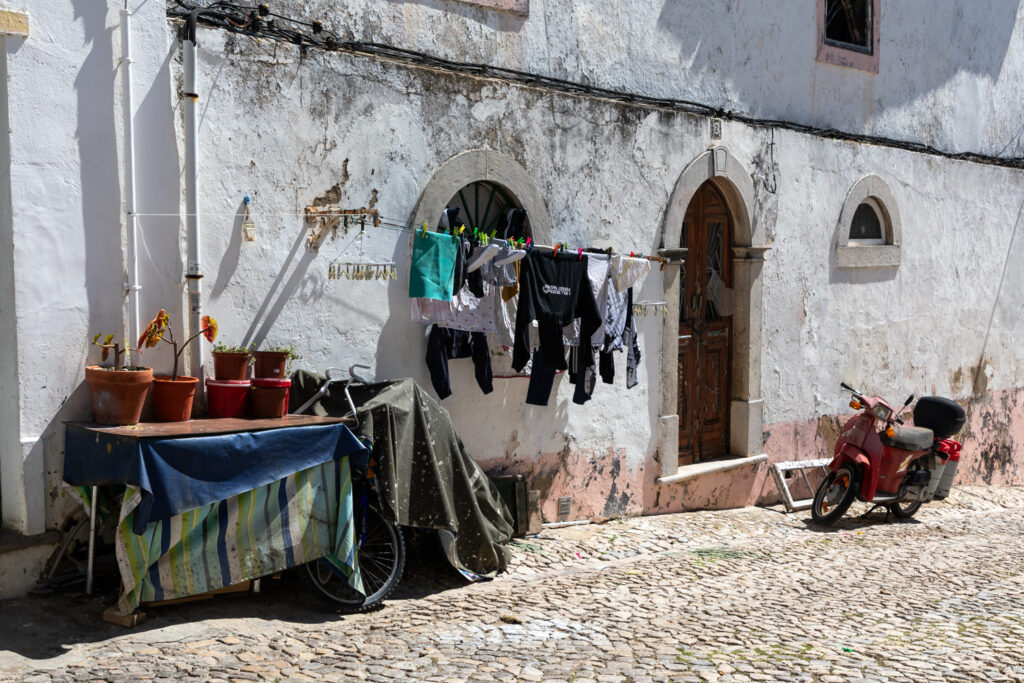
Tavira, located in the Algarve region of Portugal, is a charming town known for its historic architecture and picturesque surroundings. The town offers a blend of Moorish and Portuguese influences, featuring white houses, old bridges, and a serene river, the Gilão, flowing through its centre.
Cacela de Velha is a hamlet, centred around the ruins of a fort and a small church. The view, overlooking the lagoon and the vast landscape, is breathtaking.
We parked our camper near the boulevard. In the evening, we walked to the old town. The lighting was beautiful, and the streets featured unique houses, particularly notable for the tilework. There is a lot of dilapidation, which is, in turn, interesting from a photographic perspective.
The next day, we took a walk along the boulevard towards the fishing harbour, but the harbour wasn’t very impressive. On the way back, we meandered through the streets of Olhão. We came across a neighbourhood filled with murals, many of which depicted the sea and related industries, such as sardine canning.

Alte
Senhora de Rocha
Praia de Marinha was unfortunately not accessible with the camper; however, we were able to reach the vicinity of Senhora de Rocha. It is situated on a cape between two beautiful beaches. The beaches are stunning, and we took a long walk along the coast.
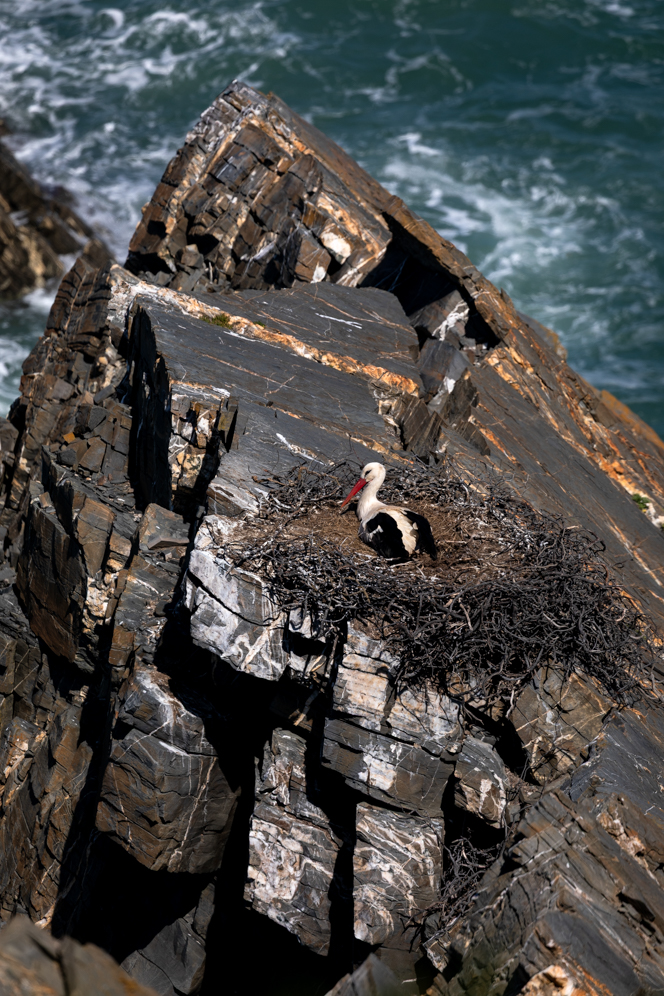
Cabo Sardão
Between Almograve and Zambujeira do Mar lies the westernmost point of the Alentejo coast, guarded by a lighthouse. Cabo Sardão is a stunning spot along the Costa Vicentina, featuring imposing rugged cliffs overlooking a powerful sea and brimming with immense biodiversity. You feel very small in this impressive landscape. We took a walk along the cliffs. At the most impossible, spectacular places, storks have built their nests.
The lighthouse on the cape was built in 1915, boasting a 17-metre high, square masonry tower with a red cylindrical lantern.
Barragem Monte Rocha
From Cabo Sardão, we drove along a scenic road to Barragem Monte Rocha. Here, there is a small restaurant that is known among the Dutch as “Maria Chicken”. It is run by an elderly couple, and the interior dates back to the time they married, when there was a great deal of poverty. The menu features only one dish: chicken, chips, and salad. We enjoyed a delicious meal there. A truly unique place.
At night, the silence is deafening, although the frogs provide serenades. It is pitch-dark, allowing the stars to take centre stage in the firmament.
Beja
Beja is very dilapidated. A shame, because it has all the potential to be a beautiful city. It would require a lot of money to renovate the city. Nevertheless, Beja is certainly worth visiting. We need to give it another chance to discover its beauty.

Vera Cruz
From Amieira, where we stayed for two days by the Barragen de Alqueva, we explored the surrounding area. In Vera Cruz de Marmelar, we made a stop. There is a remarkable church there. The church was built in the 16th century on constructions dating from the 10th, 11th, and 13th centuries. On a hill, there is an old cemetery with an ancient chapel. Vera Cruz is a characteristic Portuguese village in the Alentejo.
Travel guides
This time we only took with us travel guides in the Dutch language. The Michelin guides are also printed in English.
- Spanje, een reisgids – Rik Zaal
- De Groene Reisgids Portugal van Michelin
- Camperreisgids Zuid-Spanje van camperriesgids.nl
- Camperreisgids Portugal van camperreisgids.nl
Comments are closed.






